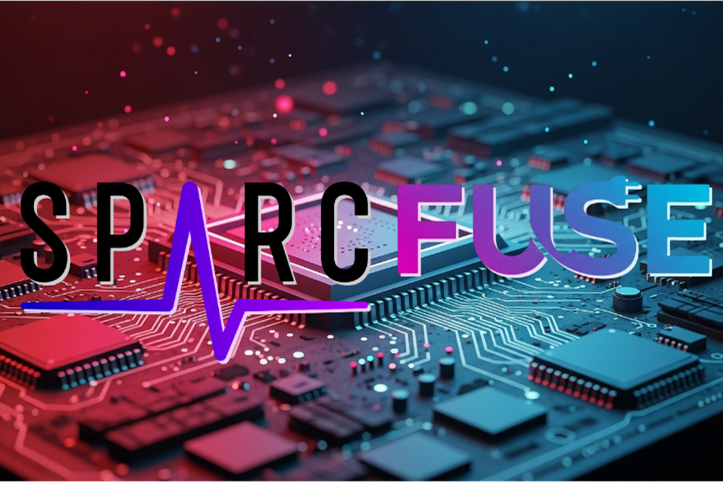
(Vienna, 20 August 2025) – At this year's SPARC FAIR Codeathon, the team from the Medical University of Vienna won second place and $4,000 with their SPARC FUSE project. Under the leadership of Max Haberbusch (postdoc at the Center for Medical Physics and Biomedical Engineering), David Lung (senior scientist), Laurenz Berger (PhD student), Philipp Heute (medical informatics student) and Sebastian Hochreiter (medical student) worked together on a solution to make biomedical research data faster and easier to use.
The competition, organised by the US National Institute of Health (NIH), brought together teams from all over the world. The aim was to improve the FAIRness (findability, accessibility, interoperability, reusability) of research data. The Vienna team developed SPARC FUSE, an open software toolchain that allows large data sets from the SPARC database to be searched directly in the cloud, converted and loaded in a matter of seconds. This eliminates time-consuming intermediate steps and long download times – access is up to 33 times faster than before.
‘With SPARC FUSE, we are lowering the technical barriers for researchers worldwide and making valuable biomedical data more easily accessible,’ explains project manager Max Haberbusch. ‘This not only helps us, but can also accelerate work in many areas of neuroscience and medical technology.’
About
Max Haberbusch received his PhD in Biomedical Engineering from MedUni Vienna in 2023. He conducts research at the intersection of neuromodulation and cardiovascular engineering and is currently a postdoctoral researcher and project manager at the Centre for Medical Physics and Biomedical Engineering. David Lung is a senior scientist at MedUni Vienna, specialising in data analysis, modelling and software development in biomedical research.
Laurenz Berger is a doctoral student in Applied Medical Science and is working on data-driven methods for analysing complex biosignals. Philipp Heute is studying Medical Informatics at MedUni Vienna, and Sebastian Hochreiter is studying Human Medicine and brings clinical perspectives to medical technology research projects.